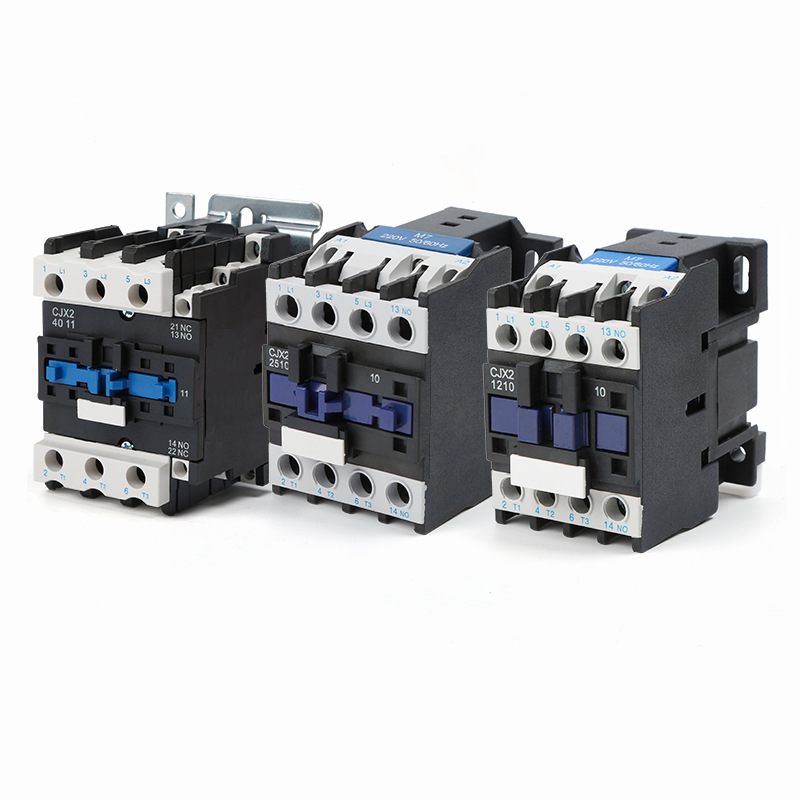Contactors are important components in electrical systems and are used to control the flow of electricity in a circuit. They are used in a variety of applications, including industrial machinery, heating and air conditioning systems, and transportation equipment. Contactors are classified according to the type of current they control. The two main categories are AC contactors and DC contactors. In this article, we will explore the classification and classification principles of contactors, focusing specifically on AC contactors.
AC contactors are designed to control alternating current (AC), unlike DC contactors, which are designed to control direct current (DC). The difference between the two types of contactors is mainly based on the main circuit to which they are connected. If the current in the main circuit is AC, the contactor is an AC contactor regardless of the voltage of the control coil. This classification principle ensures that contactors are compatible with the specific type of current they are designed to control.
In the AC contactor category, there are two main types: electromagnetic contactor and vacuum contactor. Electromagnetic AC contactors use electromagnetic mechanisms, contact systems, arc extinguishing devices and auxiliary components to control the flow of alternating current in the main circuit. The core of the AC contactor is made of laminated silicon steel sheets, which is beneficial to reducing eddy current and hysteresis losses caused by alternating magnetic fields. In addition, a short-circuit ring is installed at the end of the iron core to eliminate vibration and noise when the AC current crosses zero, ensuring smooth and efficient operation.
In contrast, vacuum contactors also fall into the AC contactor category and are designed for high-capacity applications. These contactors feature a semi-enclosed insulated grid ceramic arc extinguishing device that is very effective in extinguishing arcs generated when the contactor switches AC circuits. This advanced technology enables vacuum contactors to handle large AC loads accurately and reliably.
When selecting an AC contactor for a specific application, it is important to consider the type and capacity of the load. If the control system mainly consists of AC loads and the DC motor or DC load capacity is small, AC contactors can be used for control. However, it is crucial to ensure that the current rating of the contacts is sufficient to handle the load without any problems.
In short, the classification and classification principles of contactors play a vital role in ensuring the compatibility and efficiency of electrical control systems. AC contactors are designed for controlling AC power and are available in many types to suit different capacities and applications. By understanding classification principles and selecting the appropriate contactor for a specific application, businesses can ensure the smooth and reliable operation of their electrical systems. Whether it’s industrial machinery, heating and air conditioning systems, or transportation equipment, AC contactors are vital components for optimal performance and safety.
Mutai Group has accumulated more than ten years of manufacturing and sales experience in circuit breakers, contactors, dual power automatic transfer switches (ATS) and related fields. We eagerly look forward to the opportunity to work with you.
Post time: Dec-13-2023





